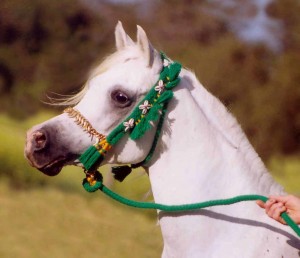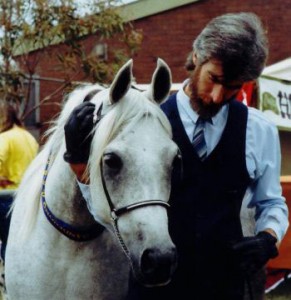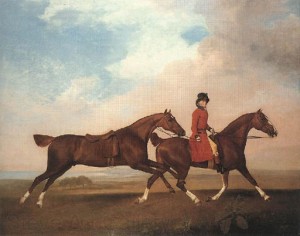Why Fads?
Sorsha in her glorious authentic Arabian halter
As you go through life sooner or later you will succumb to a fad, whether it will be the latest fashion, hairstyle or food. Being a clothes-aholic I’ve been in love (for several years now), with Vintage clothing. Is this a current fad or is it a current trend? So what’s the difference between a fad and a trend? It seems nothing in modern life escapes the influence of fads; fashion, food, music, exercise, books, slang words, movies, furniture, places to visit, even children’s names become popular .
Wikipedia, en.wikipedia.org states that a fad is any form of behaviour that develops among a large population and is collectively followed with enthusiasm for some period. A fad is said to “catch on” when the number of people adopting it begins to increase rapidly. The behaviour will normally fade quickly once the perception of novelty is gone. Apart from the general novelty, fads may be driven by mass media programming, emotional excitement, peer pressure, or even a desire to be outside social norms.
Though the term trend may be used interchangeably with fad, a fad is generally considered a fleeting behaviour whereas a trend is considered to be a behaviour that evolves into a relatively permanent change. In the 1950’s, the beatnik movement became a major fad that died out as its original proponents abandoned the movement. Though this fad, was short-lived, it is credited with giving birth to the hippie movement in the following decade, and with inspiring other social trends in the decades that followed.
Fad or trend? ‘Panda Eyes’
While according to Dr. Jack Santino, an expert in popular culture, people who follow fads are not irrational; they simply want to be part of something new and creative, and they feel special when they are part of an “in-group.” Dr. Santino points out that it’s sometimes difficult to see the difference between a fad and a trend. A fad, he says, lasts a very short time and is not terribly important. A social trend lasts a long time and becomes a true part of modern culture. A trend might be the use of personal computers; a fad might be certain types of computer games.
I began to think about some of the other fads around me, and being associated with Arabian horses the one that came vividly to mind is the ‘Panda Eyes’ fad. This is where breeders/trainers make up the eyes of their Arabian horses with a usually shaved, big, black, shiny half moon above the upper eye lid when presenting their horses for the show ring. So is this a fad or is it now a trend? I shudder to think. Still, the look must be attractive to the people who present their horses in this way, but when I look at these incredibly, beautiful horses presented this way all I can see is an “eyeless black hole”. Another fad/trend would be the breeding, by some, of sexless/androgynous looking Arabian horses, in that, the females appear to look exactly the same as the males and vice versa.
Simeon Sarah and Don in the 1980’s with the patent leather halter.
Oh and don’t forget about the Arabian show halter fads. I have a wall with at least half a dozen different styles of show halters hanging from hooks in my back room. These show halters were all the rage at the time they were used. There’s rolled leather, flat leather, macramé, the old Lasma style and Egyptian styles to name a few.
Now when I think of it, we’ve seen tails sweeping along the ground (I remember being guilty of showing horses with very long tails!)and bridle paths trimmed three quarters down an Arabian horse’s neck. And we must not forget our riding attire and how riding coats have changed over the years.
In the 1800’s and early 1900’s there was quite a fad for docking tails. You see them in older paintings and drawings of hunters, racehorses and carriage horses where the horses are portrayed with docked, or bobbed, tails. In docking the tail, the dock (the bony, muscular length of spine from which the tail hair grows) is cut through and removed, a painful and barbaric process for the horse and one which renders it unable to use the tail to swish flies from it’s body.
A George Stubbs painting showing the fad of docked tails from the 1800/1900’s
A part of me has always wondered why most follow the leader? Again according to Wikipedia it has a name, it’s called the “bandwagon effect”. The general rule is that “conduct or beliefs” spread among people, as fads and trends do, with the idea that any individual adopting the fad, will become as popular as the people who have already done so.
As more people come to believe in something, others “hop on the bandwagon” regardless of any underlying evidence or whether they even like what they’re doing! When individuals make rational choices based on the information they receive from others, economists have proposed that “information cascades” can quickly form in which people decide to ignore their personal information signals, and follow the behaviour of others. Both explanations have been used for evidence of conformity in psychological experiments.
So I wonder if we should take more notice of what’s happening around us and in light of some situations be vigilant enough to perceive and prevent a harmless fad from becoming an ingrained trend.




Leave a Reply